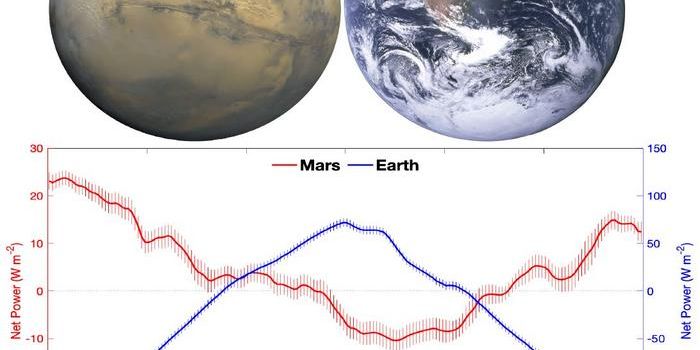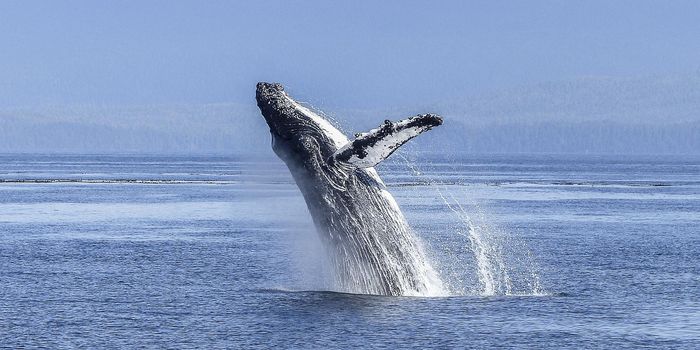How big of a problem are nanoplastics really?
A new paper published in Nature Nanotechnology calls for intensified research into the movement of nanoplastics within our environments. The study aims to address some of the gaps in knowledge concerning the environmental and health impacts of nanoplastics without producing widespread public panic.
"Numerous media reports suggest, through their sometimes highly emotional coverage, that we are facing a huge problem here," says Empa researcher Bernd Nowack, who studies the material flows of synthetic micro- and nanoparticles. A more scientifically substantiated statement, says Nowack, would report that we could be facing a huge problem, but we’re still uncertain about the actual gravity of that problem.
"Our society initially adopts a zero-risk attitude toward many things that are new and unknown," says head of Empa's Particles-Biology Interactions lab Peter Wick. Because of course, "who wants plastic in their food?" Yet, adds Nowack, "We don't even know how much nanoplastics there is in the different ecosystems."
Given the difficulty of measuring nanoplastics within the environment, it is perhaps unsurprising that we still don’t fully understand how they impact us or our surrounding. Wick comments: "Even if we ingest microplastics, for example through our food, they probably do not enter our bloodstream or our brain, but are simply excreted again. With nanoplastics, we can't be so sure."
Yet for the time being, nanoplastics will continue to live with us; for even as plastic alternatives are developed, the remains of plastics will not degrade for hundreds of years, which is why the team is calling for more investment into understanding them.
“As nanoscientists specializing in understanding the fate, transport and interactions of nanoparticles in human and environmental systems,” write the authors, “we try to place nanoplastics in the context of global plastic pollution by assessing its sources and risks, and by assessing commonalities nanoplastics may share with other nanosized objects in environmental systems, such as engineered nanomaterials and natural colloids.”
Sources: Nature Nanotechnology, Science Daily








